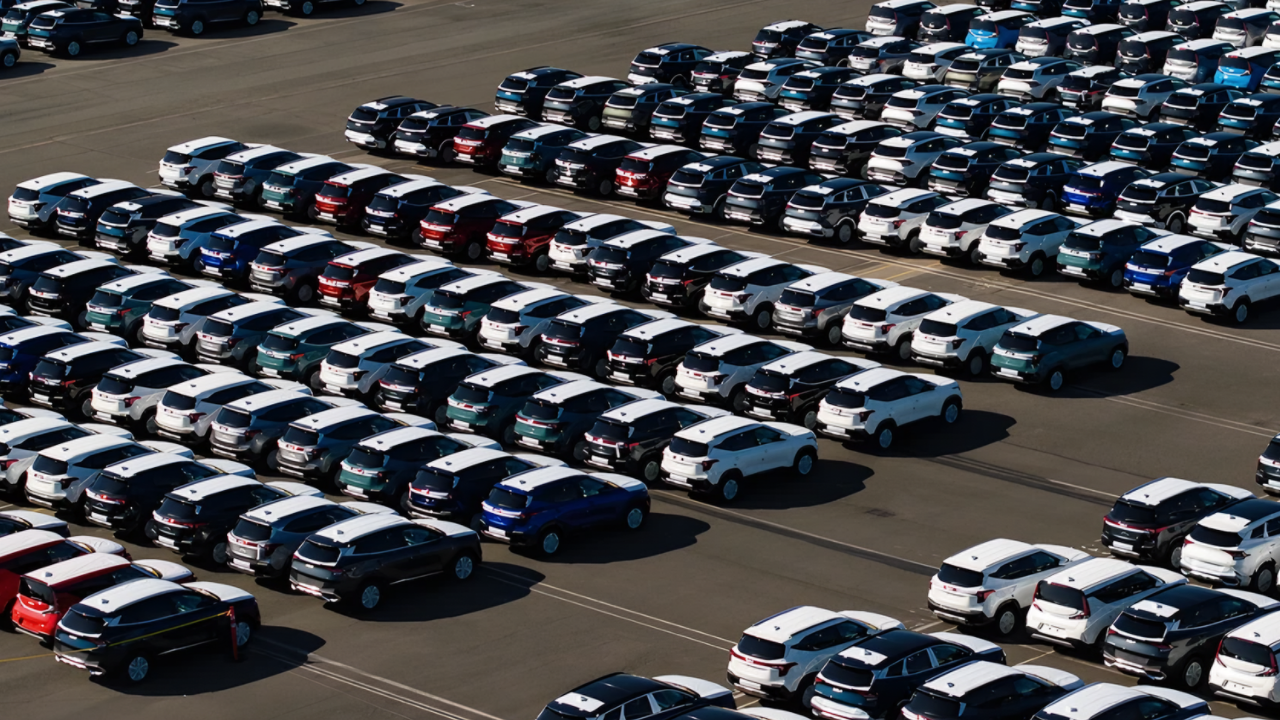
In October 2025, Toyota announced a recall of 393,838 trucks and SUVs (2022–25 Tundras and 2023–25 Sequoias) because a software bug can blank their backup-camera screens.
Drivers may see only green or black displays instead of the rearview image, violating federal “Rear Visibility” rules. Dealers have halted sales and are scrambling to deploy emergency fixes.
Record Recall Wave Hits Auto Industry
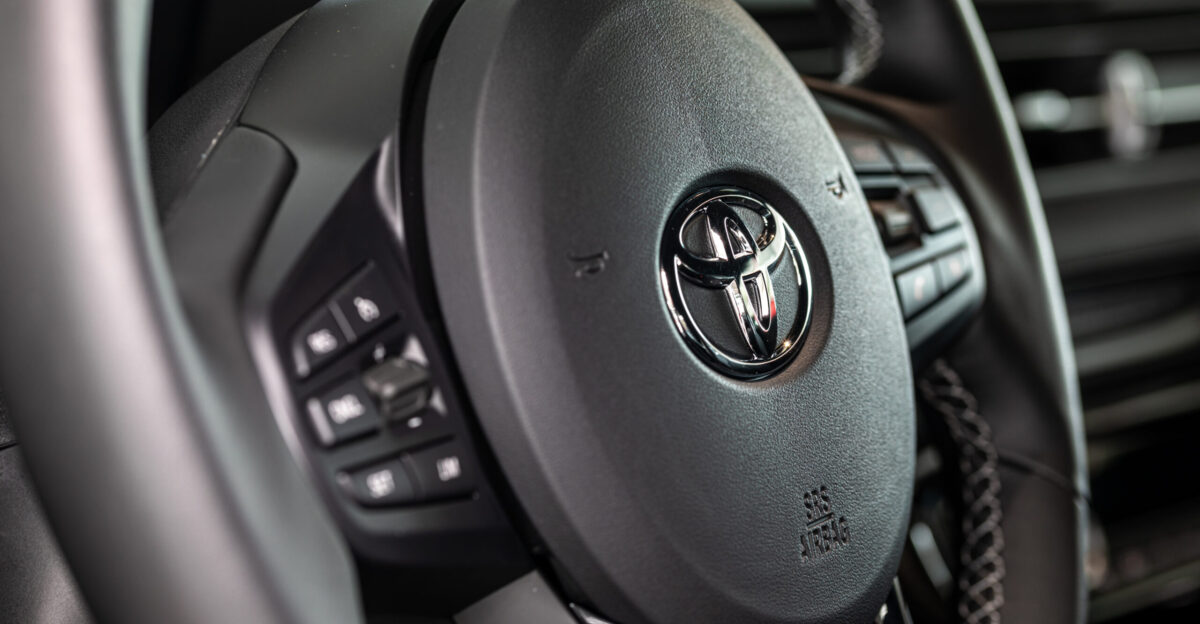
The Toyota incident is part of a broader boom in software-related recalls. 2024 saw roughly a 35% jump in software defects, affecting about 13 million vehicles nationally.
In Q2 2025 alone, automakers issued 122 recalls covering 7.32 million vehicles, with back-up cameras the top culprit (2.59M vehicles). Major players are involved: Ford’s recent recall hit ~1.9M vehicles worldwide, and Volvo recently recalled over 400K for electronics issues.
Mandated Cameras After Tragedy
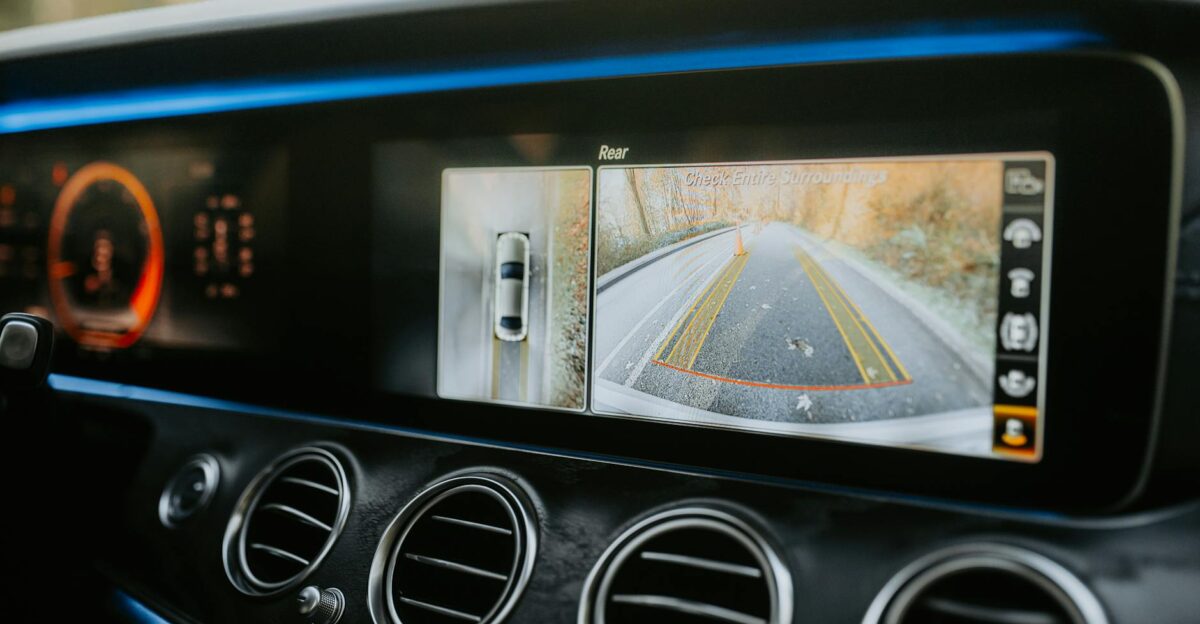
Backup cameras were supposed to solve this problem. In 2018, NHTSA mandated rearview cameras on all new cars under 10,000 lbs. That rule was driven by data showing ~15,000 backover fatalities per year (31% were children under five).
The regulation requires a clear rear image within two seconds of shifting to reverse.
Surge in Software Defects Pressures Quality
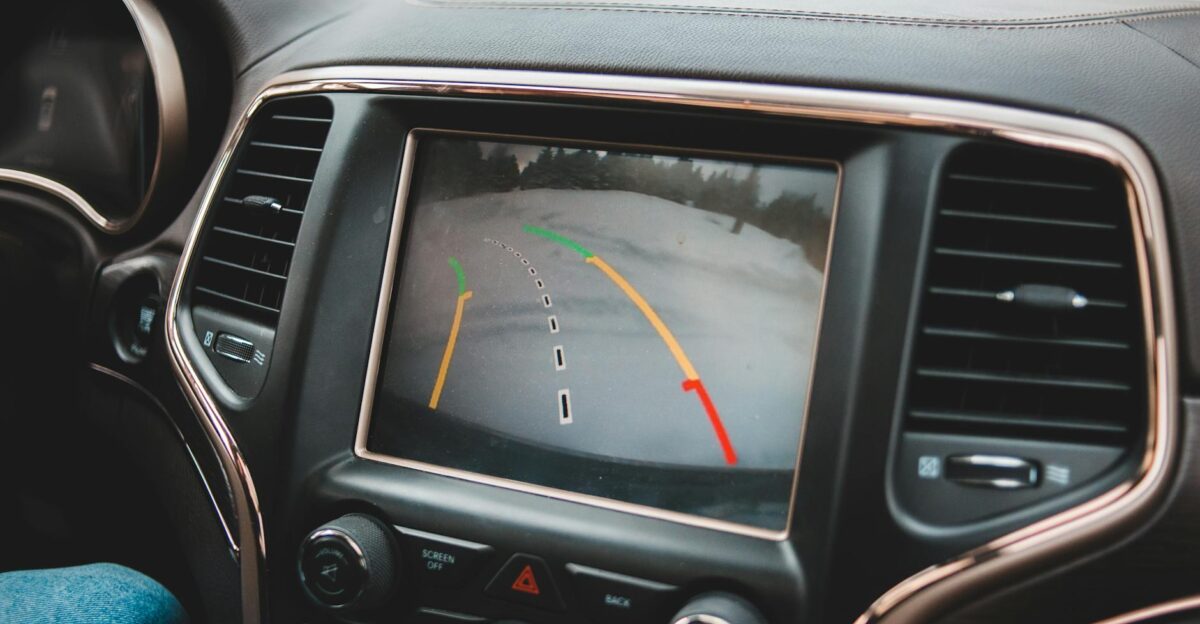
Meanwhile, software complexity is overwhelming auto quality systems. In Q2 2025, U.S. OEMs issued the most recalls on record (7.32M vehicles). Half of those were due to high-tech systems, notably rearview cameras (2.59M vehicles).
Ford led in volume, with a 1.9M-unit camera recall this fall. Volvo’s current recall exceeds 400K units, and others have been similar. Industry analysts warn that vehicles now have millions of lines of code and “rolling data centers” handling life-and-death functions.
All Affected Toyotas Have the Bug
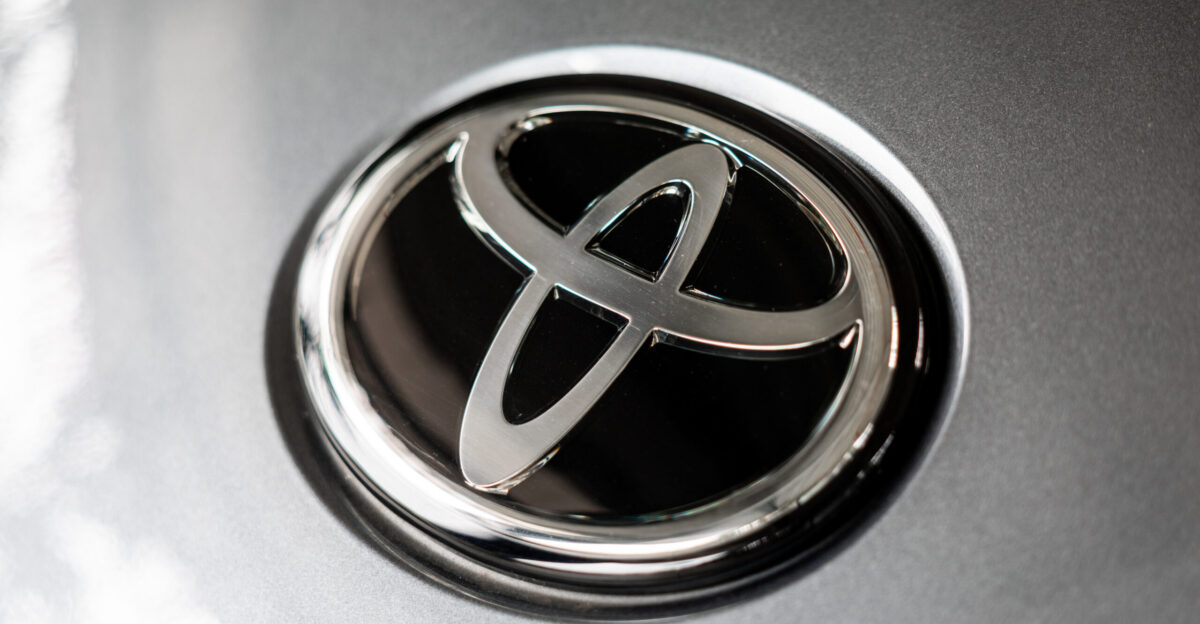
The core revelation is stark: every one of the recalled 393,838 Toyotas contains the faulty code. Toyota’s NHTSA report (Campaign 25V657) admits 100% of the affected vehicles have the defective multimedia software.
Under certain conditions, shifting into reverse causes the timing link between camera and display to break, leaving the screen “half green, full green, or full black” instead of the live view.
Nationwide Recall in the U.S. and Canada

The recall spans every U.S. state (about 394,000 vehicles) and even reached Canada. In Canada, Transport Canada posted an identical recall (32,733 Tundras and hybrids) for the same 14-inch display glitch.
Affected models in the U.S. are the 2022–25 Tundra (gas and hybrid) and 2023–25 Sequoia hybrids. Toyota issued instructions on Oct. 1, 2025, advising all 50 state dealerships to stop new sales of these models until fixed.
Drivers Stuck in Reverse with Dead Cameras
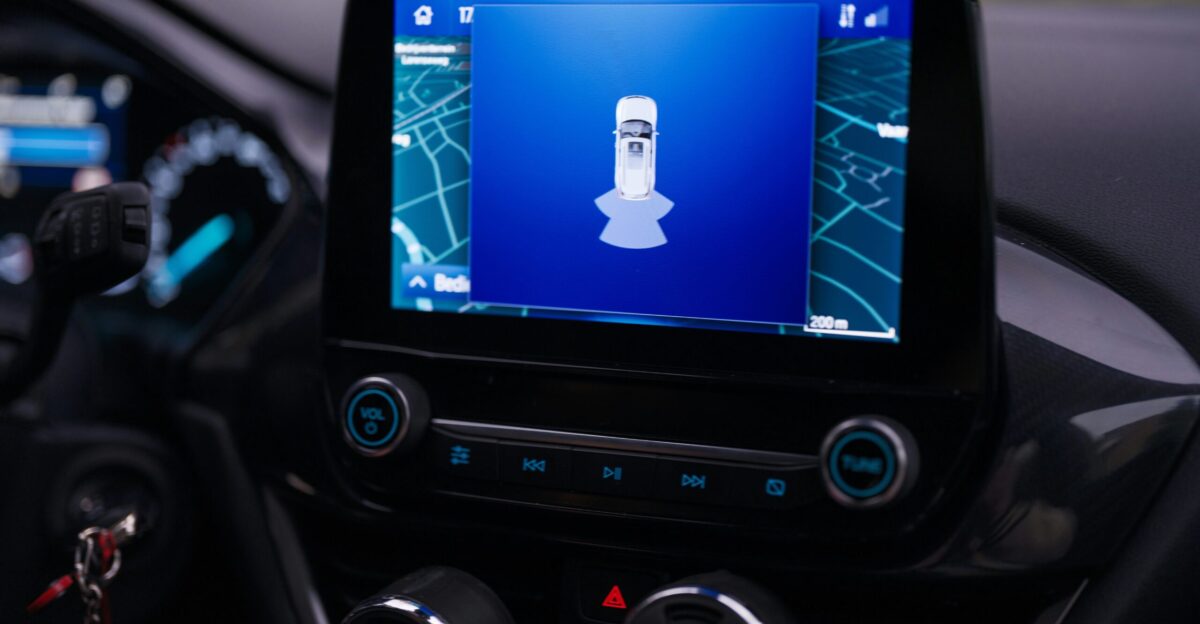
For owners, the bug turns simple backing into a hazard. Instead of a live rearview, drivers report staring at a green or black screen when they shift to reverse. Without the camera feed, they must rely on mirrors alone, reintroducing the blind-spot dangers that cameras were supposed to eliminate.
Safety experts note that cameras only cut backup crashes by ~17% (IIHS data), partly because of glitches or misuse.
Other Automakers Face Similar Glitches
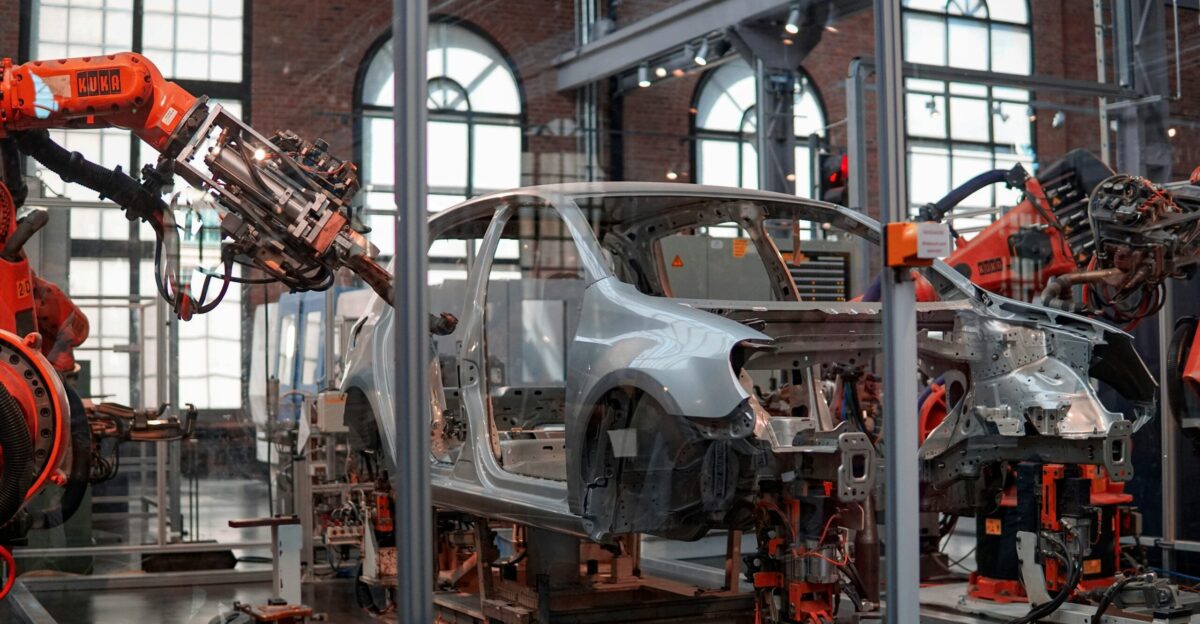
Toyota isn’t alone. Competitors have run into the same software trap. Ford is simultaneously recalling 1.9M trucks and SUVs after its rearview cameras began showing inverted, distorted or blank images.
In past years, Mercedes-Benz recalled over 126,000 vehicles to repair blank or delayed back-up camera feeds. Tesla last year pushed an over-the-air update to fix the backup camera in nearly 200,000 Model S, X, and Y cars.
Software Rules More Recalls than Ever
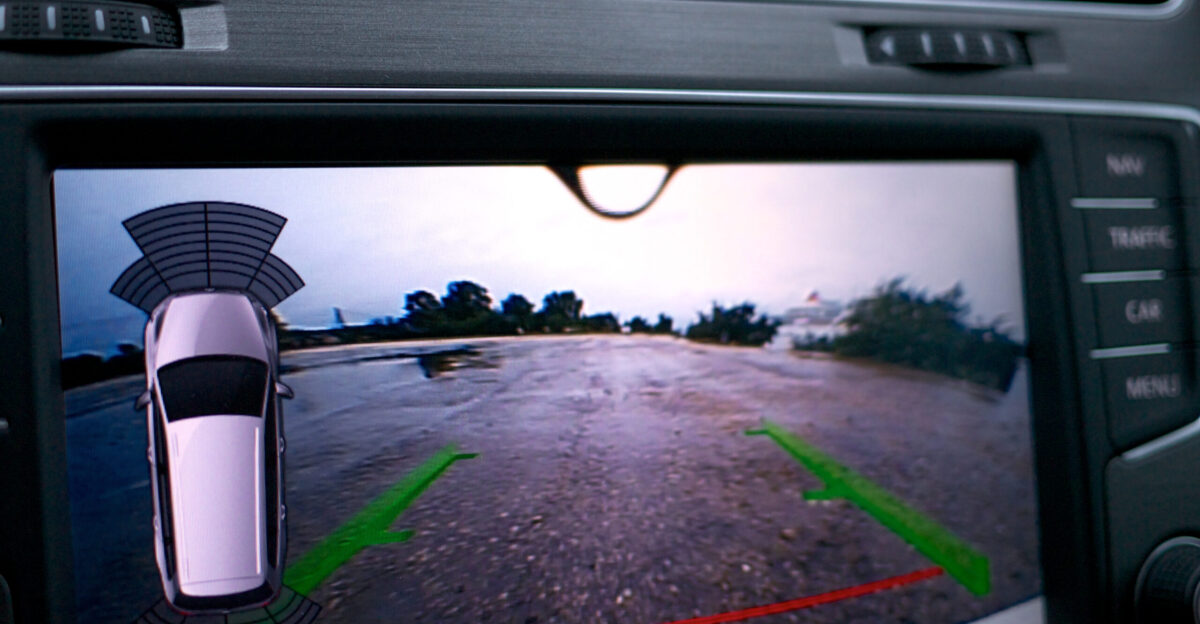
The shift to software is stark. Historically, only about 5% of recalls were due to electronic glitches, but now roughly 15% were in 2023, and in 2024, software defects hit over 15 million vehicles.
Backup-camera systems have become the weak link in the vehicle safety chain. The payoff has been underwhelming: a leading insurance study found backup cameras reduce accidents by only 17%.
Dual Campaigns Uncovered
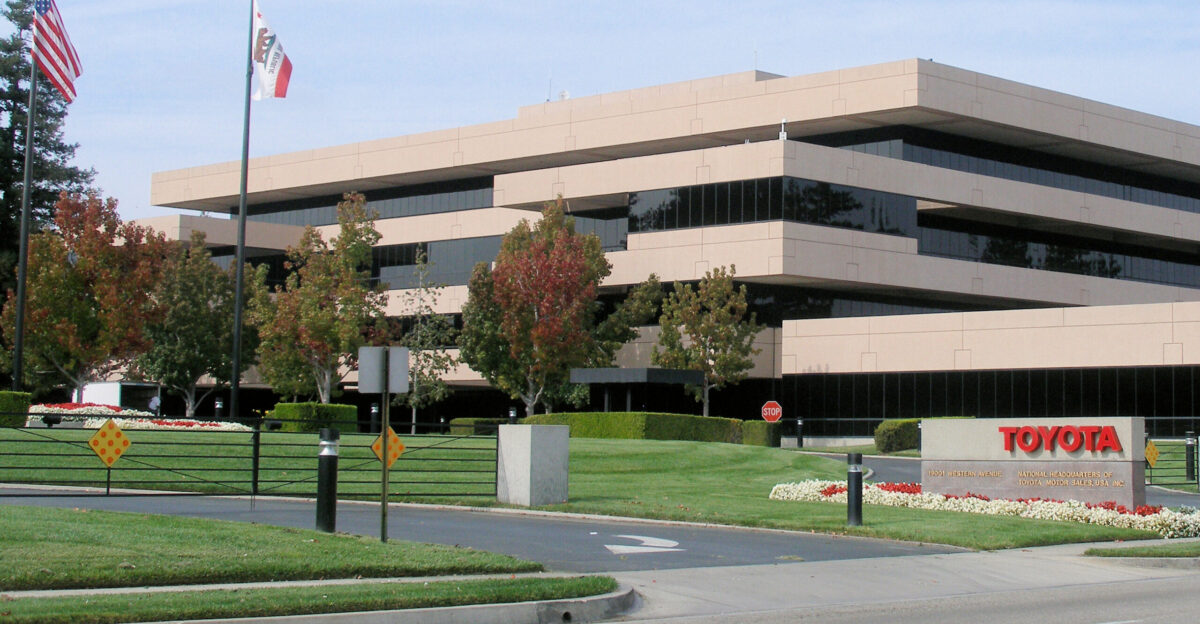
Digging deeper, Toyota’s paperwork reveals this recall is actually two related campaigns (25TB10 and 25TA10) hitched together. In other words, different production runs and software versions both had the bug.
Toyota warns the glitch is unpredictable — “whether the issue… will cause the display to [go green/black] depends on the conditions”.
Dealers’ Battle: Two Recalls at Once
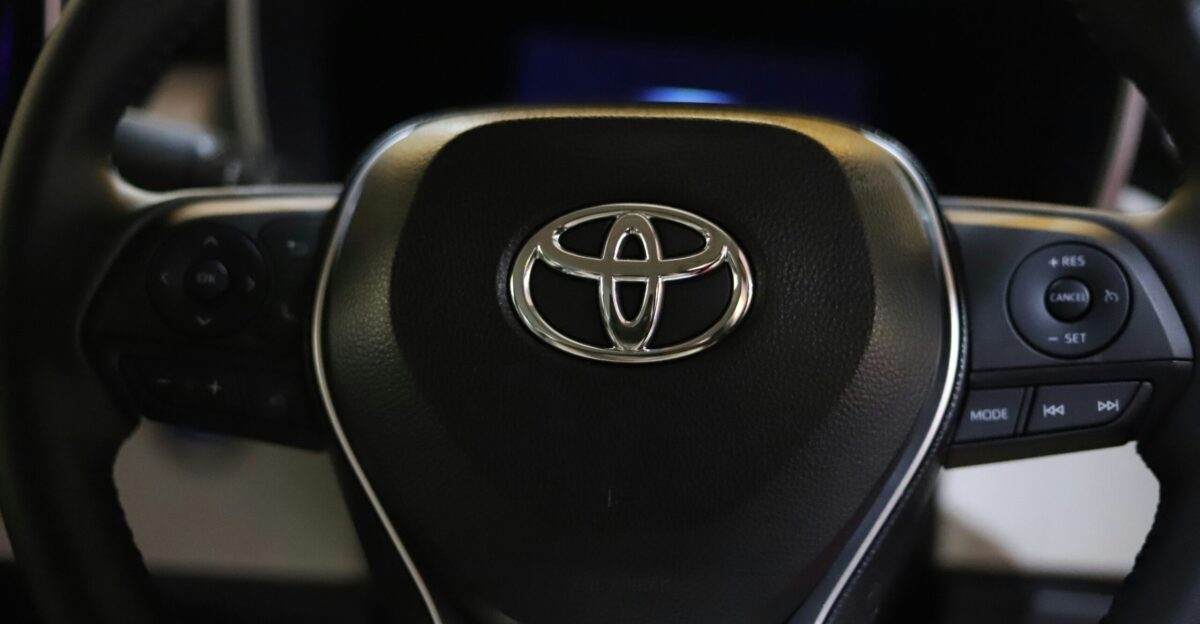
Toyota’s service centers face chaos. Dealers report having to manage two safety recalls on the same trucks. The camera software recall overlaps with another recall (443,000 Tundra trucks) for faulty reverse light assemblies.
Both are high-priority safety campaigns, creating parts shortages and appointment logjams. Technicians say service bays are double-booked, with customers demanding immediate fixes.
Toyota’s Remediation Strategy
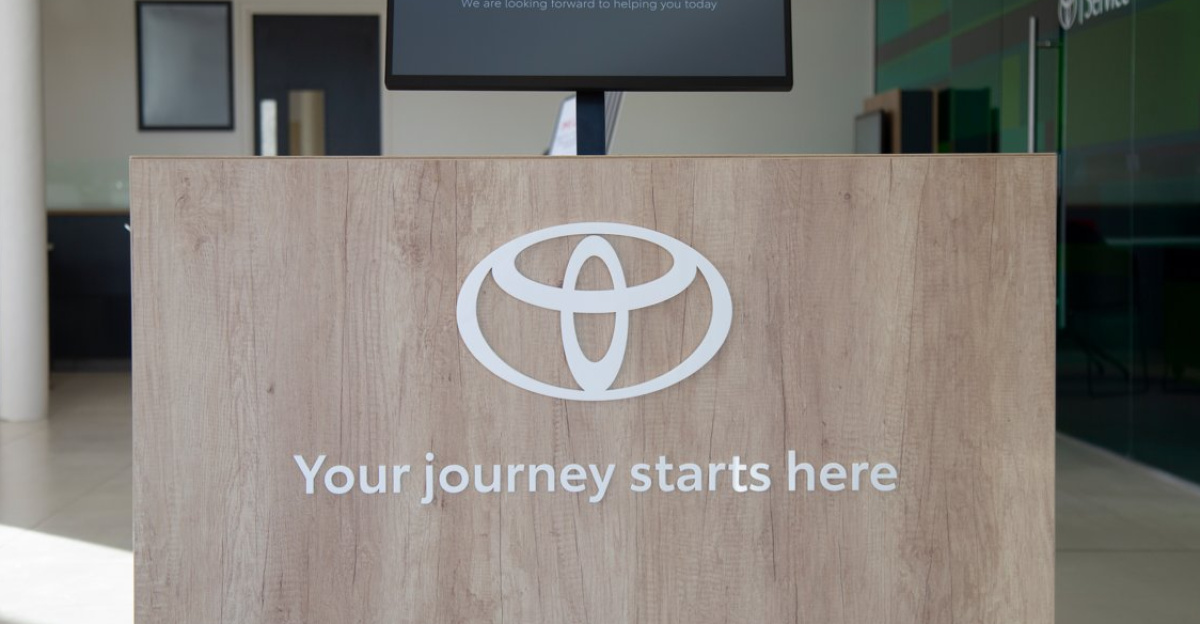
Toyota’s U.S. engineering team in Plano, Texas, is leading the recall response. Dealers nationwide have been armed with a software patch they will install free of charge. Customers will receive official recall letters by mid-November.
A special hotline (1‑800‑331‑4331) is in place for concerned owners. Toyota says it will also examine its software development process: informal reports indicate the company plans new validation checks for multimedia systems and is expanding future over-the-air (OTA) update capabilities.
Rolling Out the Fix
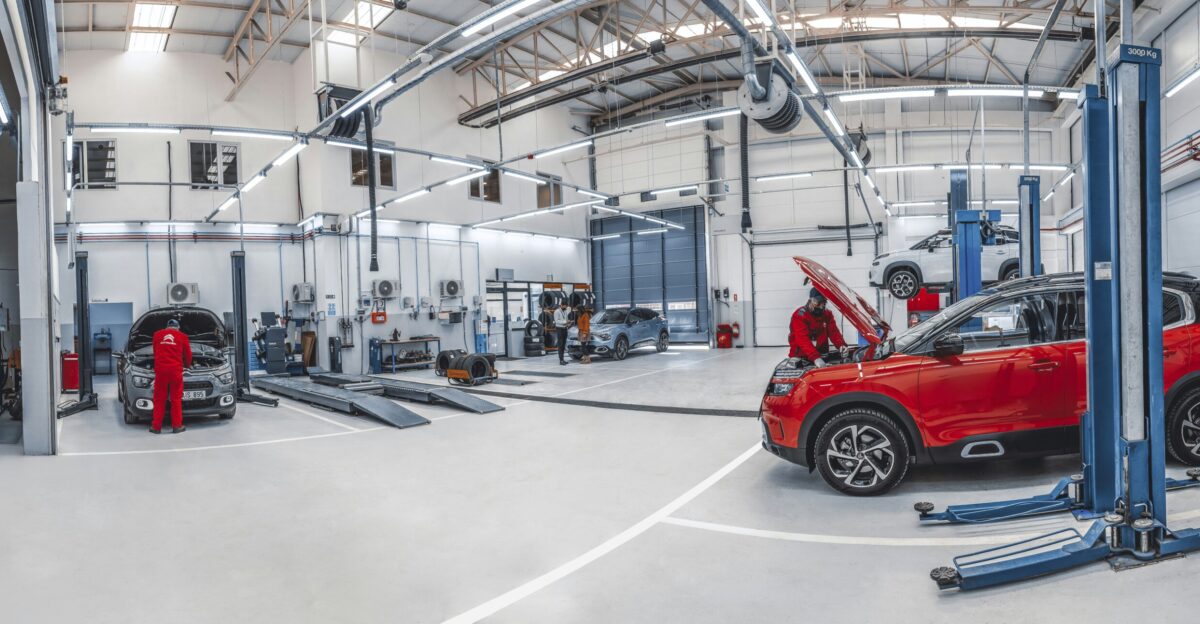
In practice, affected vehicles will be repaired with a simple update. Starting immediately, dealers will connect each truck to a programming tool and reload the multimedia software. Toyota guarantees this “flash” will restore the rearview function. Notifications will be mailed on Nov. 16, and in the meantime, owners can get service lines answered via Toyota’s recall support.
Dealerships were instructed to give these cases priority: they’ve received revised diagnostics and extra training to ensure the update installs correctly. In short, Toyota’s recovery plan is straightforward – patch every vehicle and spread the word.
Experts Warn of Deeper Flaws
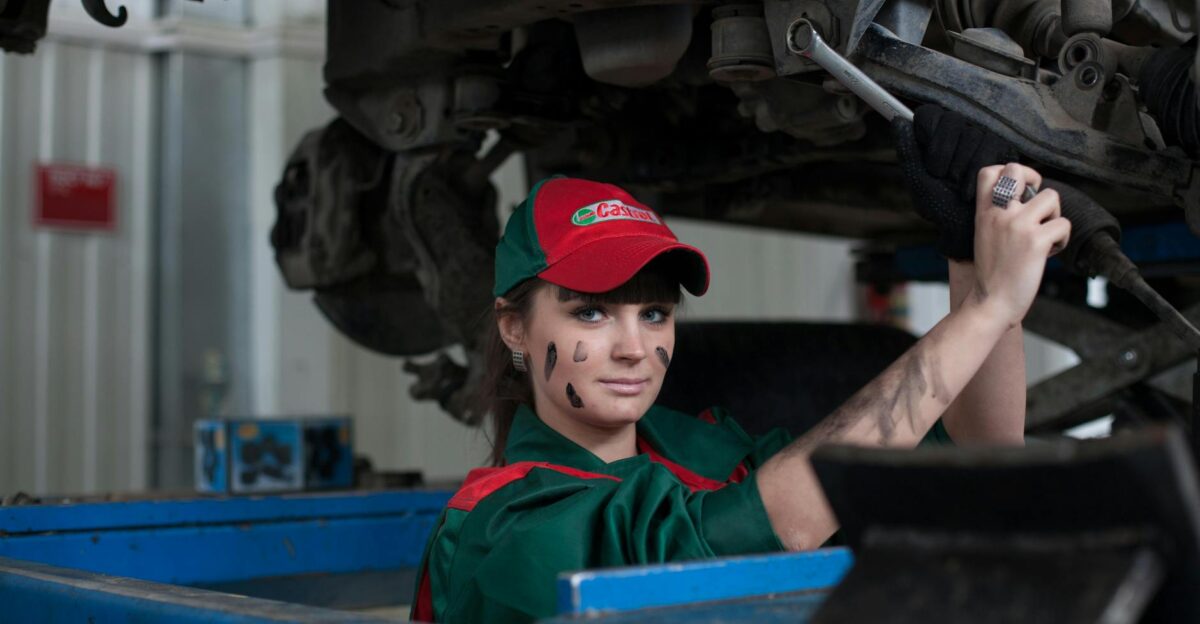
But industry experts say a simple software update may not fix the root causes. Analysts warn these repeated camera failures hint at deeper system architecture issues. As one analysis put it, such recalls are “often stemming from Tier 1 supplier software” problems and triggered by issues like “no image” screens.
The design linking the camera module and the infotainment unit might be fundamentally unsound.
What’s Next for Toyota?
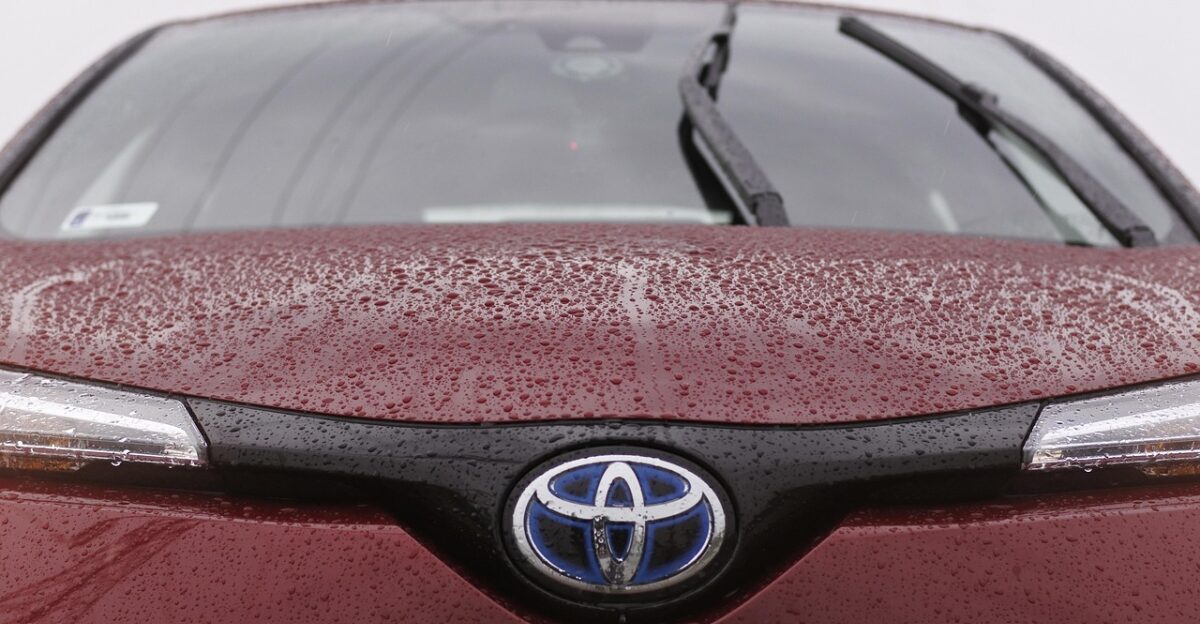
Looking ahead, questions loom over Toyota’s future models. The recall calls into question the robustness of the 14-inch system slated for upcoming trucks and SUVs. Toyota’s electrification drive adds urgency: hybrid and EV Tundras will rely more on digital controls.
Observers are watching whether Toyota will expand OTA updates (like Tesla) or stick with in-dealer fixes. Insurance and auto-insight firms are asking whether Toyota’s announced process reforms can truly prevent a repeat, or if a full hardware/software re-engineering will be needed.
Regulators Tighten Screws on Software Testing
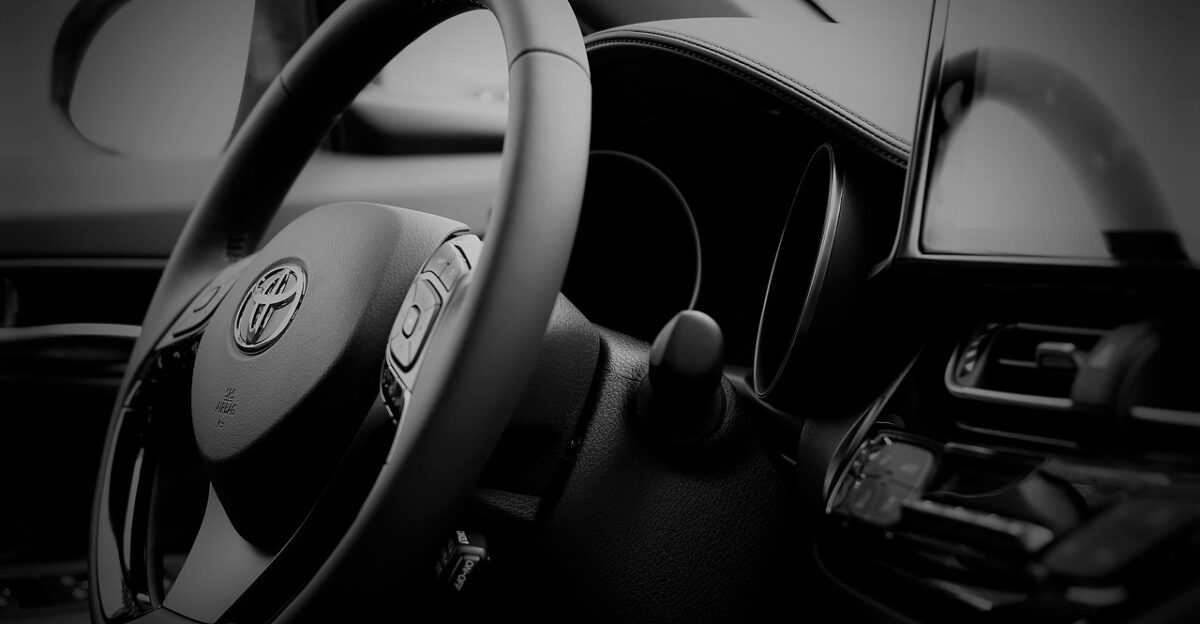
This recall will likely accelerate regulatory action. NHTSA and lawmakers are already eyeing tougher standards for automotive software. A late-2024 proposal outlined mandatory validation and self-checking for advanced crash-avoidance tech.
New rules may soon require that safety-critical systems – like cameras and radar – be shipped with built-in monitoring or the capability for remote patching.
Global Implications Beyond the U.S.

Toyota’s recall also has international ripple effects. In Canada, Transport Canada issued a corresponding recall (Transport ID 2025522) on Oct 3, 2025, for the same camera glitch.
In markets like Europe and Asia, vehicles with the 14-inch display may soon be diagnosed for the same defect. Regulators worldwide are taking note: software standardization means a bug in one country is a risk everywhere.
Lawsuits and Penalties on the Horizon

Legally, Toyota could face significant fallout. Violating FMVSS 111 exposes the company to potential civil penalties. Last year, Ford agreed to a $165 million fine for delaying a similar camera recall.
With cameras legally required, Toyota’s tardy fix could draw fines in the same ballpark. Owners might also mount class-action suits: attorneys say customers will seek damages for diminished resale value and for the increased crash risk during the defect period.
Consumer Trust Erodes

For consumers, this recall chips away at confidence in vehicle tech. Surveys show drivers have come to trust backup cameras — often favoring them over conventional mirrors. But when such “safety nets” fail, the stakes are higher. Prior to the 2018 mandate, about 210 people (including many children) died annually in backing accidents.
Now, cameras were supposed to prevent those tragedies; a widespread software outage could reverse years of progress.
Crossroads for Automotive Safety
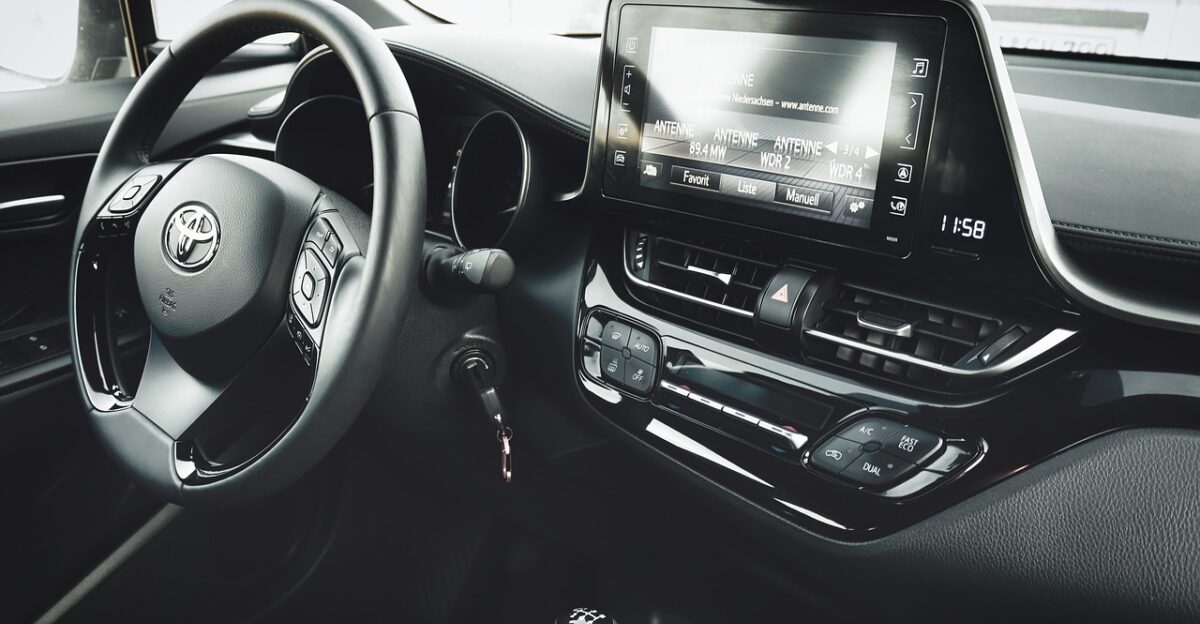
Toyota’s massive recall leaves a lasting lesson: modern cars really are “computers on wheels”. Each vehicle is now laden with dozens of microprocessors, often running tens of millions of lines of code for every light, brake, and camera.
This recall closes the immediate crisis by installing fixes, but it opens a bigger question: are automakers ready for the software era? The 393,838 trucks under recall are more than an inventory problem—they’re a sign that decades-old engineering and testing must evolve.